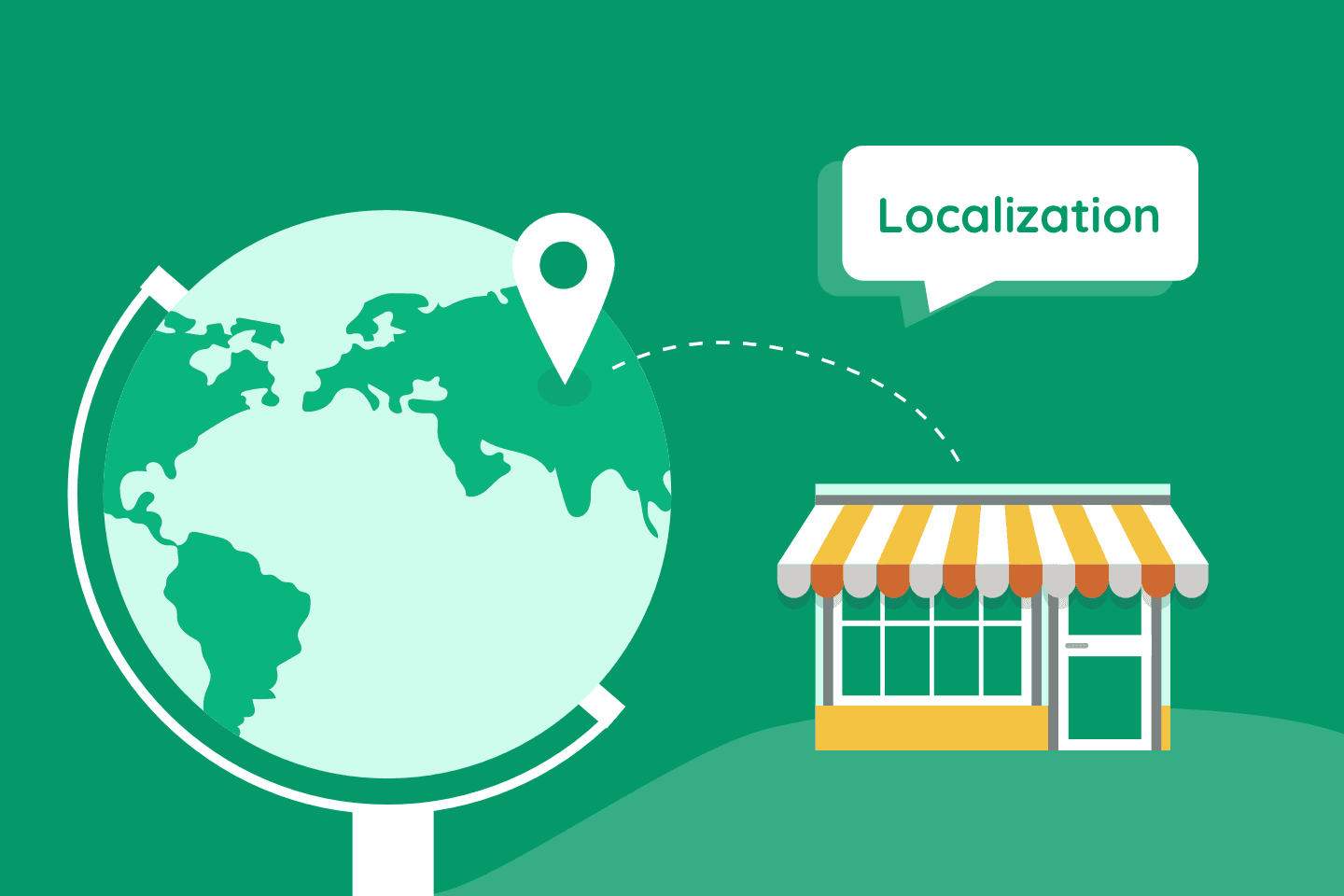
**1. Artificial Intelligence (AI) and Machine Translation (MT)
Overview:
The integration of artificial intelligence and machine translation has revolutionized the speed, accuracy, and efficiency of localization processes. AI-driven technologies, powered by sophisticated algorithms and neural networks, have significantly enhanced the quality of language translation, making it more nuanced and context-aware.
Impact on Localization:
- Efficiency and Speed: AI automates repetitive tasks in the localization workflow, reducing turnaround times and allowing professionals to focus on more strategic aspects of the process.
- Quality Improvement: Machine Translation engines continuously learn and adapt, leading to improvements in translation quality over time. However, human oversight remains crucial for nuanced and culturally sensitive content.
Case Study: Google Translate
Google Translate, powered by AI and machine learning, exemplifies the impact of technology on language translation. It offers translations for over 100 languages, showcasing the rapid advancements in machine translation capabilities. While not flawless, Google Translate has become a valuable tool for quick and accessible translations, demonstrating the potential of AI in overcoming language barriers.
**2. Computer-Assisted Translation (CAT) Tools
Overview:
CAT tools are software applications designed to assist human translators in their work. These tools provide a range of features, including translation memory, terminology databases, and collaborative functionalities, enhancing the efficiency and consistency of the localization process.
Impact on Localization:
- Consistency: CAT tools maintain a database of previously translated segments, ensuring consistency across content and reducing the likelihood of errors.
- Collaboration: These tools facilitate collaboration among translation teams, allowing multiple translators to work on the same project simultaneously.
Case Study: SDL Trados
SDL Trados is a prominent CAT tool used by professional translators and localization teams. It incorporates translation memory, terminology management, and project management features to streamline the localization workflow. SDL Trados showcases how technology can empower linguists and enhance collaboration in multilingual projects.
**3. Cloud-Based Collaboration Platforms
Overview:
Cloud-based collaboration platforms provide a centralized and accessible environment for teams working on localization projects. These platforms enable real-time collaboration, version control, and seamless communication among team members, regardless of geographical locations.
Impact on Localization:
- Global Accessibility: Cloud platforms enable teams to access and collaborate on projects from anywhere in the world, fostering global collaboration.
- Version Control: Cloud-based systems ensure version control, preventing issues related to outdated or conflicting versions of localized content.
Case Study: Crowdin
Crowdin is a cloud-based localization platform that facilitates collaboration among translation teams, developers, and project managers. It streamlines the localization workflow by providing a centralized space for managing and translating content, demonstrating the power of cloud technology in enhancing collaboration and efficiency.
**4. Automation in Content Management Systems (CMS)
Overview:
Automation in content management systems involves the use of scripts and algorithms to streamline the localization of digital content. Automated processes can include the extraction of translatable content, integration with translation tools, and reintegration of translated content into the system.
Impact on Localization:

- Efficiency: Automated processes reduce manual intervention, leading to faster and more efficient localization workflows.
- Scalability: Automation enables scalability, allowing businesses to handle large volumes of content for localization without a proportional increase in resource requirements.
Case Study: WordPress Multilingual Plugin – WPML
WPML is a popular plugin for WordPress that automates the localization of websites. It allows users to manage and translate content seamlessly, automating many aspects of the localization process. WPML demonstrates how automation in CMS can empower businesses to maintain multilingual websites with ease.
**5. Globalization Management Systems (GMS)
Overview:
Globalization Management Systems are comprehensive solutions that encompass various aspects of the localization process, including project management, translation, quality assurance, and reporting. GMS platforms aim to provide end-to-end solutions for businesses expanding into global markets.
Impact on Localization:
- Unified Management: GMS platforms offer a centralized hub for managing all localization activities, providing a holistic view of projects and resources.
- Integration Capabilities: GMS can integrate with other tools and systems, creating a seamless ecosystem for managing global content.
Case Study: Smartling
Smartling is a GMS platform that streamlines the localization process for businesses. It offers features such as translation management, content adaptation, and workflow automation. Smartling demonstrates the effectiveness of a comprehensive GMS in simplifying and optimizing the localization journey.
**6. Speech and Voice Recognition Technology
Overview:
Advancements in speech and voice recognition technology have extended to localization processes. Automated transcription and voice recognition tools can aid in the localization of multimedia content, such as videos and podcasts.
Impact on Localization:
- Multimedia Localization: Voice recognition technology enables the automated transcription of spoken content, facilitating the localization of multimedia materials.
- Time Efficiency: Automated transcription reduces the time required for manual transcription, allowing for faster turnaround in the localization of audio and video content.
Case Study: Otter.ai
Otter.ai is an example of a voice recognition tool that can transcribe spoken words into text. While primarily used for transcription, such tools have implications for the localization of multimedia content, demonstrating the potential for technology to streamline processes in this domain.
**7. Quality Assurance Tools for Linguistic and Functional Testing
Overview:
Quality assurance tools are designed to verify the accuracy, functionality, and linguistic quality of localized content. These tools automate testing processes, ensuring that the final product meets linguistic and functional requirements.
Impact on Localization:
- Error Detection: Quality assurance tools identify linguistic errors, inconsistencies, and functional issues in the localized content.
- Efficiency: Automated testing tools speed up the quality assurance process, allowing for more rapid iterations and corrections.
Case Study: QA Distiller
QA Distiller is a quality assurance tool specifically designed for linguistic testing in the localization industry. It automates the identification of translation errors, ensuring that localized content meets linguistic quality standards. QA Distiller exemplifies the role of technology in enhancing the accuracy and efficiency of quality assurance processes.
